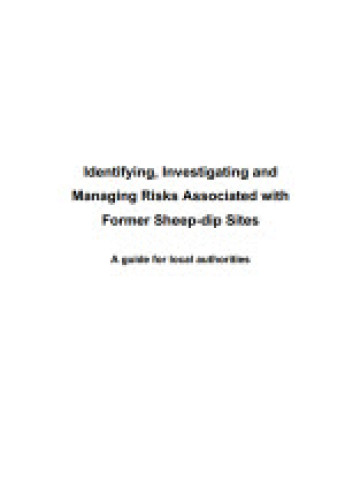This guideline was developed to help local authorities address the potential risks arising from contaminated sheep-dip sites. Old sheep-dip sites are typically contaminated due to the historic use of persistent and toxic chemicals, such as arsenic, dieldrin, DDT and lindane.
This guideline was developed to help local authorities address the potential risks arising from contaminated sheep-dip sites. Old sheep-dip sites are typically contaminated due to the historic use of persistent and toxic chemicals, such as arsenic, dieldrin, DDT and lindane.
Many areas in New Zealand that were used for pastoral farming in the past are now being developed into life-style blocks and residential subdivisions. The change in land use of sites previously used for sheep-dipping activities raises the risk of contaminant exposure to people. The guideline provides best practice advice on how to identify potentially contaminated sheep-dip sites, and determine the level of contamination that is acceptable for various land uses. Practical site management and remediation options are provided to avoid an unacceptable risk to people and the environment.
Please note that the soil guideline values for arsenic, DDTs, and dieldrin used in this guideline are superseded by the soil contaminant standards contained in the methodology that is referenced by the National Environmental Standard for Assessing and Managing Contaminants in Soil to Protect Human Health (NES).
